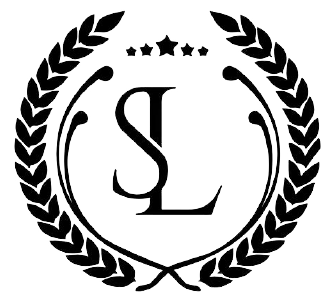How do you use the DSM 5?
How do you use the DSM 5?
DSM contains descriptions, symptoms, and other criteria for diagnosing mental disorders. It provides a common language for clinicians to communicate about their patients and establishes consistent and reliable diagnoses that can be used in the research of mental disorders.
What the DSM 5 is and how it is organized?
DSM-5 is organized in sequence with the developmental lifespan. This organization is evident in every chapter and within individual diagnostic categories, with disorders typically diagnosed in childhood de- tailed first, followed by those in adolescence, adulthood and later life.
Is the DSM 5 used worldwide?
So why all the prominent media coverage in countries outside of the US? The intense level of international interest in DSM-5 is a great surprise. Although DSM has become a research standard around the world, it is rarely used by clinicians outside the US and therefore poses a much lesser threat to their patients.
What is the meaning of DSM 5?
Diagnostic and Statistical Manual of Mental Disorders
What is the difference between DSM 4 and DSM 5?
In the DSM-IV, patients only needed one symptom present to be diagnosed with substance abuse, while the DSM-5 requires two or more symptoms in order to be diagnosed with substance use disorder. The DSM-5 eliminated the physiological subtype and the diagnosis of polysubstance dependence.
What are the changes in DSM 5?
However, several changes have been made in DSM-5: 1) examples have been added to the criterion items to facilitate application across the life span; 2) the cross-situational requirement has been strengthened to “several” symptoms in each setting; 3) the onset criterion has been changed from “symptoms that caused …
What are the new depressive disorder diagnosis in DSM 5?
New Disorders The fifth edition includes several new depressive disorders, including disruptive mood dysregulation disorder (DMDD) and premenstrual dysphoric disorder (PMDD).
What approach to diagnosis does the DSM 5 use?
The upcoming fifth edition of the Diagnosfic and Stafisfical Manual of Mental Disorders (DSM-5) in- troduces an integration of a dimensional approach to diagnosis and classification with the current categorical approach.
Which is a criticism of DSM 5?
There are two main interrelated criticisms of DSM-5: an unhealthy influence of the pharmaceutical industry on the revision process. an increasing tendency to “medicalise” patterns of behaviour and mood that are not considered to be particularly extreme.
Is self diagnosis valid?
The first is that diagnosis can only be given by a qualified expert, meaning that self-diagnosis lacks credibility. The second is that self-diagnosis can turn serious psychiatric disorders into mere fashion labels, in such a way that trivialises them.
How many disorders are in the DSM 5?
This web page provides some helpful responses on this: http://www.jamesmorrisonmd.org/number-of-dsm-diagnoses.html – Official count of disorders in DSM-5 seems to be 157.
What are the F codes in DSM 5?
F10–F19: codes for mental and behavioral disorders due to psychoactive substance abuse. F20–F29: codes for schizophrenia, schizotypal, and delusional disorders. F30–F39: codes for mood disorders, depression, and bipolar disorders. F40–F49: codes for neurotic, anxiety, stress-related, and somatoform disorders.
What is the difference between DSM 5 and ICD 10?
However, that is not the case. The DSM-5 provides clinicians with the criteria and definitions to accurately determine a patient’s diagnosis by thoroughly describing disorders. ICD-10-CM does not list neurocognitive disorder, but still has the dementia diagnosis.
Are DSM 5 codes the same as ICD 10?
DSM-5 and ICD-9 and ICD-10 are related, but not the same: the DSM provides diagnostic criteria, to which the ICD billing codes are then applied. The DSM-5 manual contains descriptions of diagnoses of various behavioral health conditions. Therefore, the codes you are using will probably not change.
What is the DSM 5 code for major depression?
F32. Major depressive disorder, single episode According to the Fifth Edition of the Diagnostic and Statistical Manual of Mental Disorders (DSM-5) , five or more of the symptoms listed below must be present during the same 2‐week time period that represents changes in functioning.
Which is better DSM or ICD?
Summary. Most disorders in medicine are classified using the ICD (initiated in Paris in 1900). Since DSM-III there has been a split between those who adhere to DSM because it is a better research classification and those who adhere to ICD because it allows more clinical discretion in making diagnoses.
